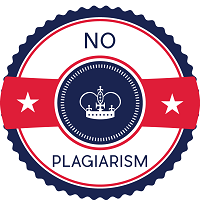Isaac Wereko1 | Yoni Paa Quecy Howard2 | Peter Wonders Kankam3 | Monalisa Armah4
School of Communication, Knutsford University College1 | Communication Arts Department, Academic City University College2 | School of Communication | African University College of Communication3,4
Abstract
This study is to analyse and document some of the types of inscriptions found on artisanal marine canoes. It assessed the reasons that inform the choice of inscriptions by the fishers. The study adopted the qualitative research approach and the case study design was used for data collection and analysis. 200 inscriptions (147 texts and 53 pictograms) were purposively gathered from a sample size of one hundred and fifty canoes from the fishers of Apam, Ankaful and Anomabo. Interviews were used to collect data; and data gathered was thematically analysed in line with the research questions. Burke’s theory of identification formed the theoretical framework of the study. The findings of the study showed that fishers use both inscriptions of pictogram and text to decorate their canoes. In situations where fishers do not have conventionalised symbols to suit a particular situation, they tend to create their own pictograms to fit that situation. It was also found that the inscriptions of text out-numbered pictograms. The study also discovered that canoes were not only decorated for embellishment purposes but were symbolic expressions of a wide range of meanings. These findings demonstrate that the decoration of artisanal canoes is all about establishing relationships. It is also true that decorated canoes are messengers of fishers and they “speak” for them.
Keywords: Canoes Inscriptions, Fishermen Activities in Ghana, Artisanal Marine Canoes

